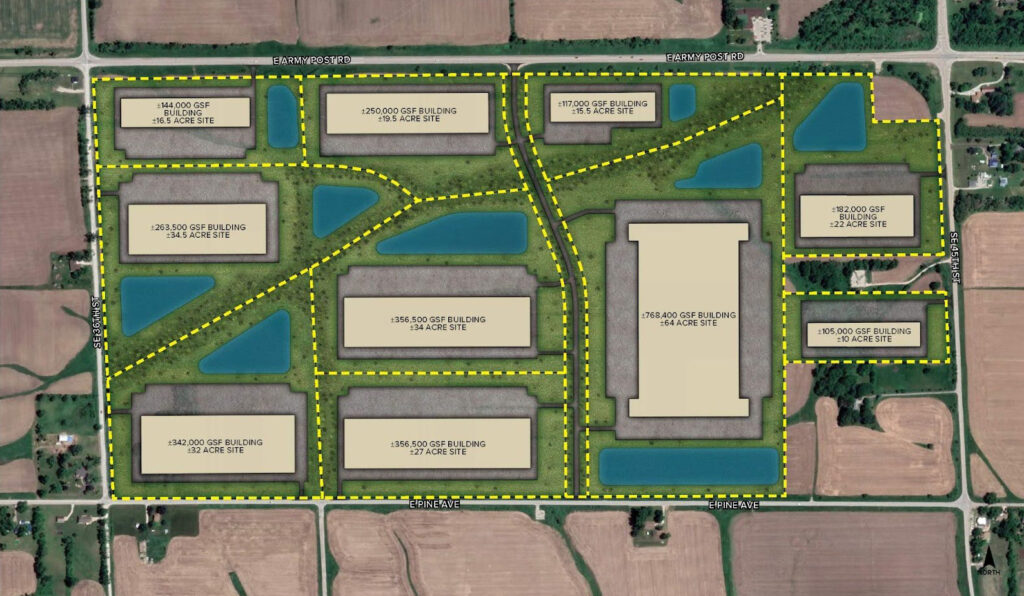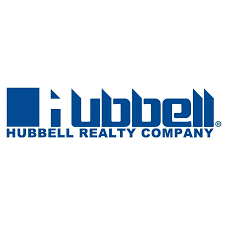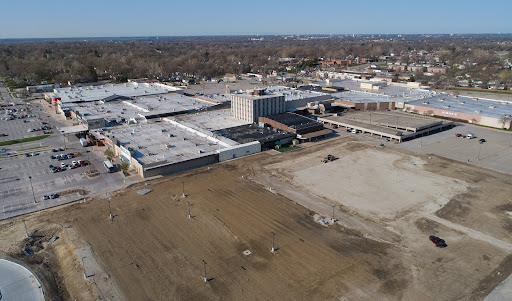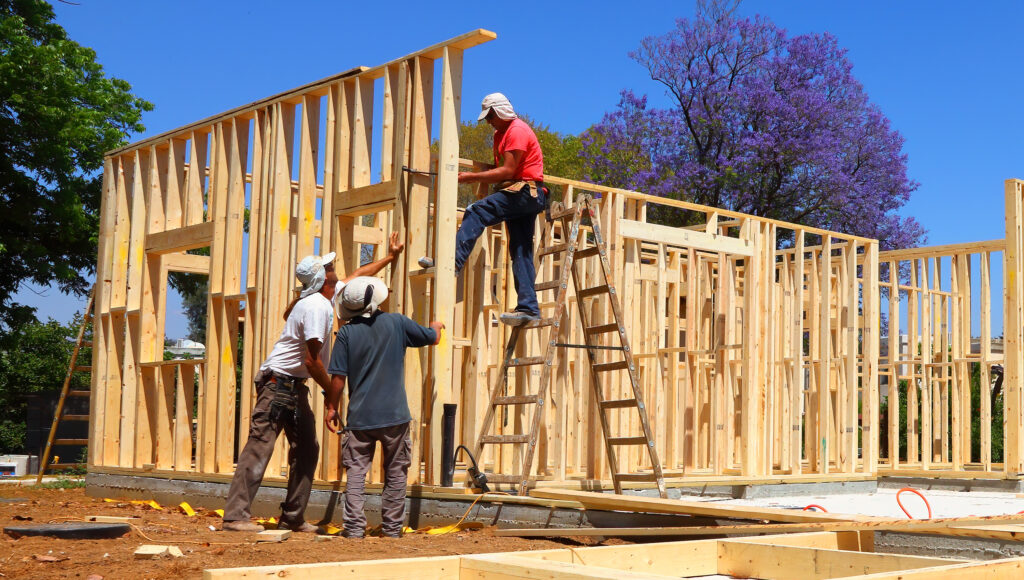Middlebrook Agrihood will use geothermal to heat, cool homes

Kathy A. Bolten May 24, 2024 | 6:00 am
4 min read time
1,068 wordsBusiness Record Insider, Real Estate and DevelopmentThe next phases of residential and commercial development in Middlebrook Agrihood in Cumming will be cooled and heated with geothermal energy technology, the developer of Iowa’s first agrihood said.
West Des Moines-based Diligent Development, Middlebrook Agrihood’s developer, is partnering with Seattle-based Orca Energy to build a fully geothermal 800-acre residential community that will include about 1,000 residences and commercial properties.
Middlebrook Agrihood will be the largest fully geothermal residential community in Iowa, said Steve Bruere, a partner in Diligent Development.
Geothermal systems, which have been in use for decades, use the earth’s stable underground temperature to heat and cool buildings by using a piping system that runs underground and is filled with water and other fluids like an antifreeze.
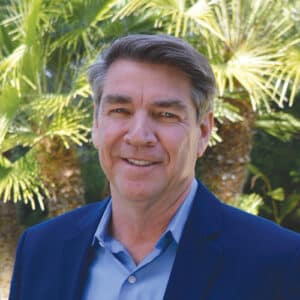
“The concept is very, very simple,” said Scott Musgrave, senior vice president of Orca Energy. “When it’s cold out, you just transfer heat from the earth into the home to heat it up. Or, if you are cooling a house down, you’re transferring heat back into the earth.”
The U.S. Environmental Protection Agency describes geothermal as “the most energy-efficient, environmentally clean and cost-effective systems for heating and cooling buildings.”
Using geothermal technology to heat and cool buildings fits the character and values of Middlebrook Agrihood, Bruere said. The agrihood, located in an area with rolling hills, ponds, and hundreds of trees, includes a working farm, community gardens and an orchard.
“Our whole ethos supports having a renewable type of energy,” Bruere said. “That’s why geothermal really has made sense to us.”
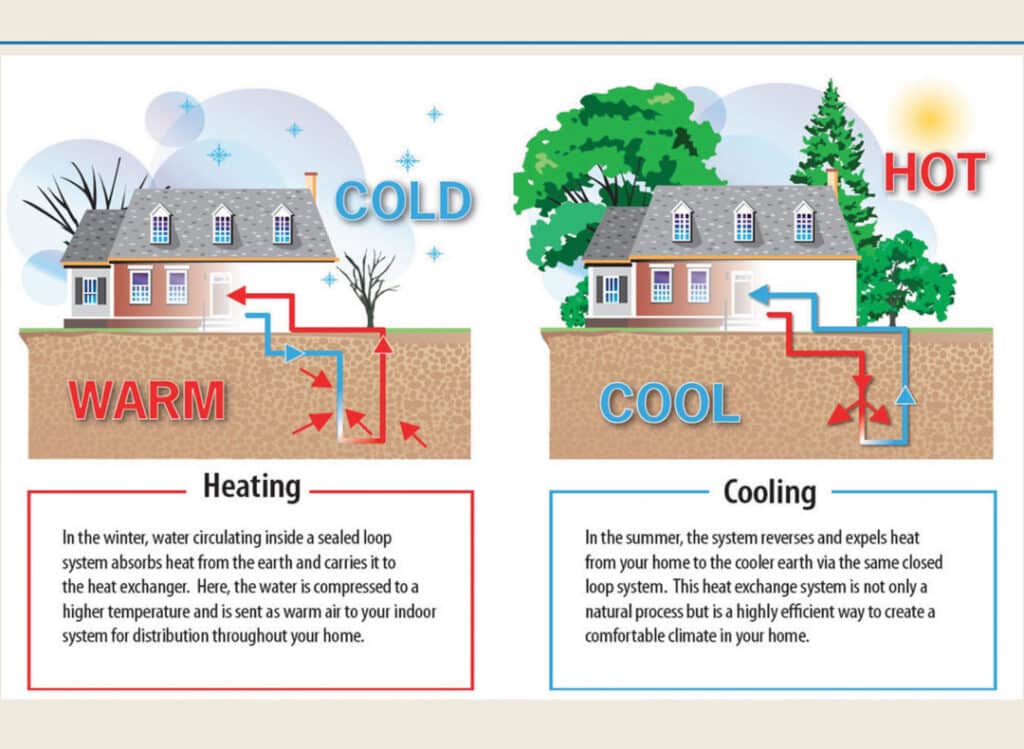
How do geothermal systems work?
Geothermal systems rely on the earth’s stable underground temperature to heat and cool buildings by using an underground piping system that is filled with water and antifreeze additives. Water circulates through the geothermal pipes, transferring heat from the ground into the building to a geothermal heat pump, which distributes warm air through the building for heating. In cooling mode, the system runs in reverse, pulling heat out of the building and transferring it underground. Cooler ground temperature absorbs the heat and cools the fluid in the pipes. The cooled-down fluid then returns to the geothermal heat pump in the building, which distributes cooler air throughout the building.
Geothermal use on increase
Rural electric cooperatives, both in Iowa and elsewhere, have used geothermal energy for several decades, said Ryan Dougherty, president of the Geothermal Exchange Organization, a nonprofit trade group based in Washington, D.C.
As policymakers began understanding the benefits of the zero-carbon footprint energy system, the government began offering incentives to help boost its use, Dougherty said. In 2000, the federal government began offering tax credits for residential use of geothermal systems. Commercial tax credits began being offered in 2010.
The tax credits generated interest in the systems, Dougherty said.
Creating even more interest in the technology, though, is the increase in the tax credit amount included in the federal Inflation Reduction Act, signed into law in 2022. Previously, homeowners and businesses were eligible for tax credits of up to 10%, Dougherty said. The law increased the tax credit to up to 30%.
The tax credits for geothermal systems “are now commensurate with those for other renewable technologies like solar and wind,” Dougherty said.
“I think geothermal is going to grow by leaps and bounds,” Dougherty said. “It’s a trend which is irreversible.”
Growth in Central Iowa
Increased use of geothermal energy systems has been occurring in Central Iowa for well over two decades. The Des Moines school district began installing geothermal energy systems in the early 2000s after voters approved a local option sales tax to renovate and replace aged school buildings.
Currently, 41 of the district’s 69 buildings use geothermal energy systems.
More recently:
- Des Moines University installed a 700-well geothermal system that heats and cools buildings on its new 88-acre campus in West Des Moines.
- West Bank installed a geothermal energy system at its new headquarters, which opened in April at 3330 Westown Parkway in West Des Moines. The system includes 122 wells, each about 400 feet deep. While the geothermal system was more expensive to install than traditional HVAC, it will be less expensive to heat and cool the building, Dave Nelson, West Bank’s president and CEO, said.
- The Greater Des Moines Botanical Garden is upgrading its heating and air conditioning system to include geothermal. The system, which includes 70, 300-foot-deep wells, is expected to allow the center to use less natural gas, reducing its carbon footprint.
- A new office/warehouse at 85 Jefferson Ave. in Des Moines’ Central Place Industrial Park, will use geothermal heat pumps as its primary heating and cooling source. The new building will be occupied by LT Leon Associates Inc., a 15-person civil engineering and landscape architect firm.
Dougherty, of the trade association, estimated that there are 1.7 million geothermal systems in operation in the U.S. By 2050, the U.S. Department of Energy expects there to be over 26 million geothermal systems in the country.
Next steps in Middlebrook Agrihood
Installation of the geothermal system at Middlebrook Agrihood is in its beginning stages. Geothermal wells that are about 300 feet deep are being installed in a townhome project underway in the community. Installation of the system for a commercial project on Main Street is expected to begin this summer.
Orca Energy, the utility arm of Canadian-based GeoTility, is paying for the infrastructure required to operate the system, which is being installed at no additional cost to builders or homeowners. The only upfront costs homeowners will incur is for the purchase and installation of a geothermal heat pump, Musgrave said. The cost of the pump is similar to that of installing a heating and cooling system.
Homeowners will receive a monthly bill for their geothermal heating and cooling service, just like they would from any other utility, but at lower costs.
One of the biggest benefits of a geothermal system is the elimination of outdoor air conditioning equipment, Musgrave said.
“You don’t have all of that unsightly equipment in your side yard or backyard,” Musgrave said. “You also don’t have the noise of the air conditioner kicking in all throughout the neighborhood.”
The system also lasts longer than traditional heating and cooling equipment, he said.
Bruere, Middlebrook Agrihood’s developer, said when people learn about geothermal energy systems, they want to use them.
“It’s just not something that has been accessible to folks,” Bruere said. “That’s what we’re trying to do.”

Kathy A. Bolten
Kathy A. Bolten is a senior staff writer at Business Record. She covers real estate and development, workforce development, education, banking and finance, and housing.




